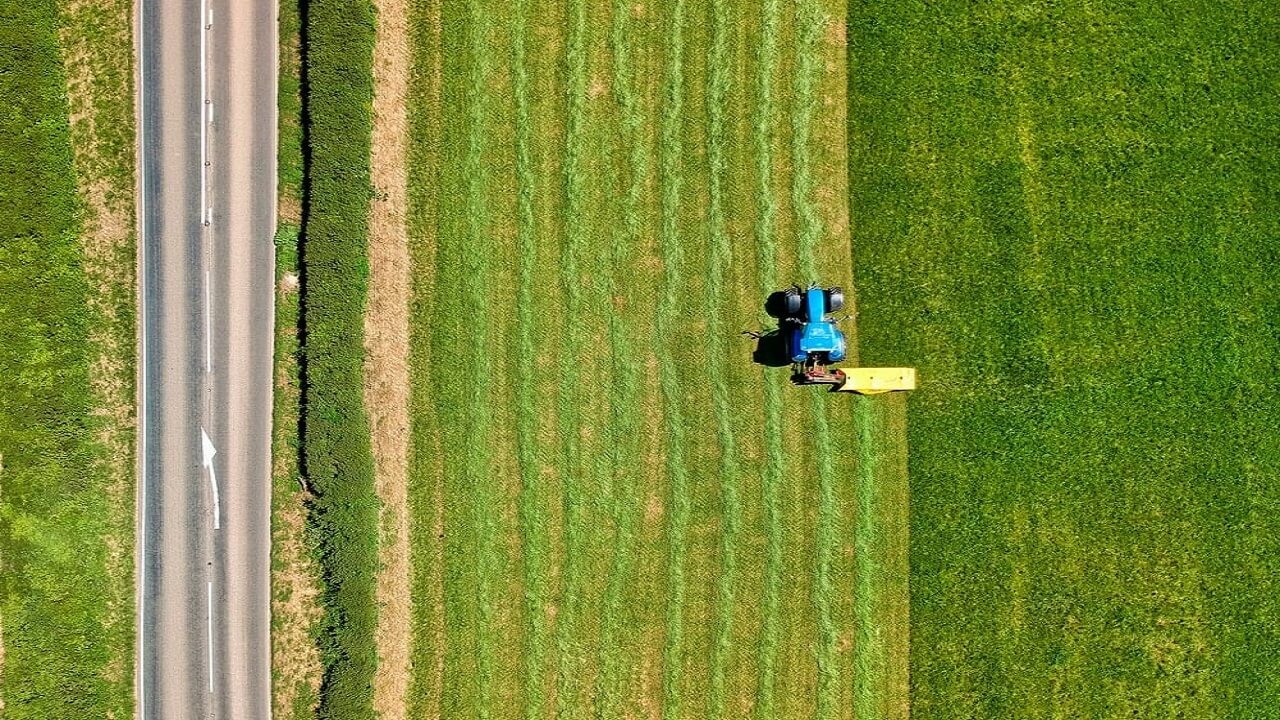
4 Agriculture Tech Trends You Should Know About in 2021
August 3, 2021, 8:08 am
Agriculture is a significant driving force not only in the global economy, but also for people’s very survival. However, agriculture is not simply the production of crops and livestock. Over time, it has evolved and adjusted to changing customer needs, so it's important to continuously seek for improvements as demand rises.
4 Agriculture Tech Trends You Should Know About in 2021
That been said, here are four technology trends used in optimizing agriculture this year.
Autonomous Machinery
Self-operating machinery that can perform daily tasks without human intervention ranks high on the list of exciting agri-innovations. With the use of Global Positioning System (GPS) controls and computerized sensors, time and resources will be saved because farming is automated. It also allows for a 24/7 working schedule without operator fatigue, since only remote operation and supervision is needed. Compared to building bigger tractors, investing in smaller autonomous vehicles results in lower costs, too.
South Dakota-based firm Raven Industries has already invested in autonomous vehicles, with OMNiDrive, a self-driving grain cart tractor. This innovation offers so much potential that the market is predicted to be worth $150 billion in the next ten years.
Drone Farming
Another development pivotal to agriculture is drone technology. These hovering devices make it easier for agronomists, agricultural engineers, and farmers to survey larger areas and frequently gather data that can streamline operations and provide insights into their crops. Using that information, they can accurately plan and create interventions, such as pesticide and fertilizer applications and irrigation troubleshooting.
However, while drones are promising, there are still key considerations in operating them. Companies must weigh the benefits of using a third party to assist with the operations or training a team in-house. Also, agricultural professionals are leaning towards using drones in-house due to long-term cost benefits.
After all, its PCBs (printed circuit boards) are manufactured and pre-designed for testability, which can lower the production cost of a single drone by as much as 30%. So while drone technology has been on the consumer market for years, it is due to the implementation of more meticulous PCB routing guidelines that newly manufactured drones can address agricultural needs. These modifications reduce signal distortion, suppress EMI, and safeguard signal integrity which are crucial for the farming industry's wide-scale operations. For example, Nigerian distributor GIDI Drone now offers units equipped with special sensors and cameras for farming and land management.
E-commerce Platforms
Due to social distancing regulations in light of the pandemic, the need to connect retail and farmer customers grows, and it can only be solved digitally. Apart from increased digital communication among farmers, equipment providers, and agriculture professionals, retailers have also developed a platform that shows field activity and contacts agronomists at any time from any device.
Some agricultural companies, like Nutrien, are already building a digital system from within, while other retailers are working on e-commerce platforms to expand their accounts and sales.
Farming Apps
There are now farming apps that specifically aim to optimize resources and maximize earnings by providing relevant information on the different aspects of agriculture.
Some apps, like Climate FieldView, give real-time crop and weather data, serving as the basis for agronomic decisions. News and information apps, such as Grower’s Edge and Farm Futures, are good sources of localized farming news and commentary, giving insights and possible predictions. There are also crop science apps that can help any farmer track field activities, plot in-season crops, and pinpoint yield threats.
The future for technology in agriculture is promising and limitless. It can provide countless opportunities for the field to be better, minimizing human error, maximizing resources, and sustaining livelihoods. Surely, there will be more developments in the years to come.
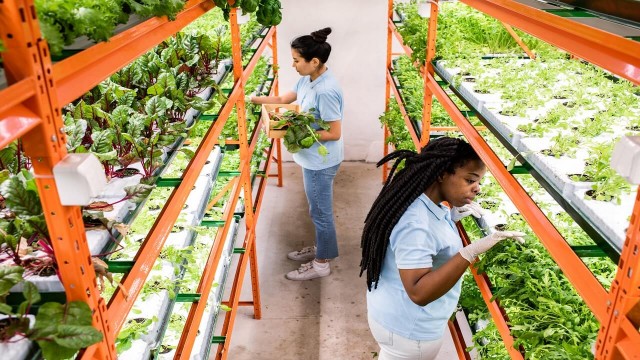
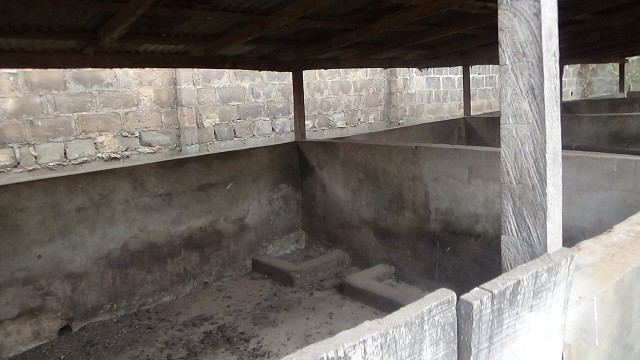
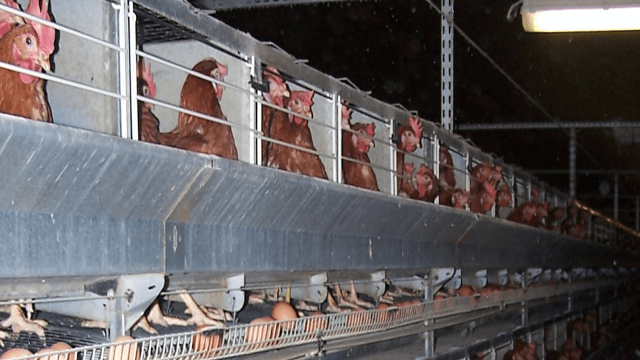

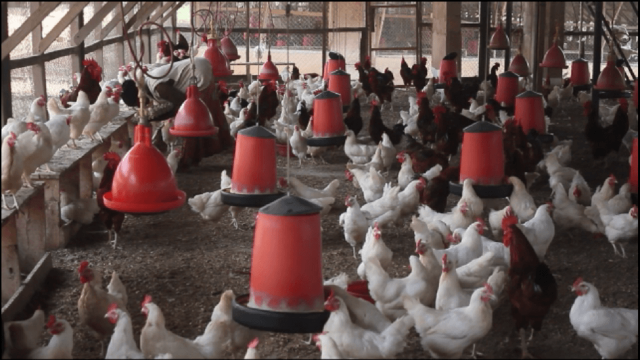
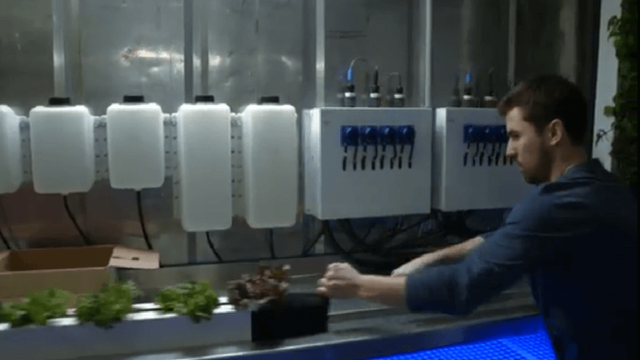
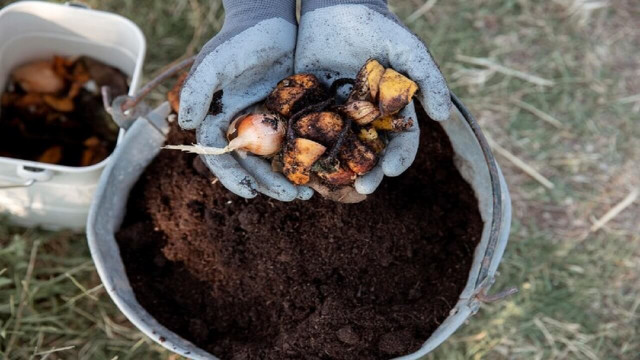
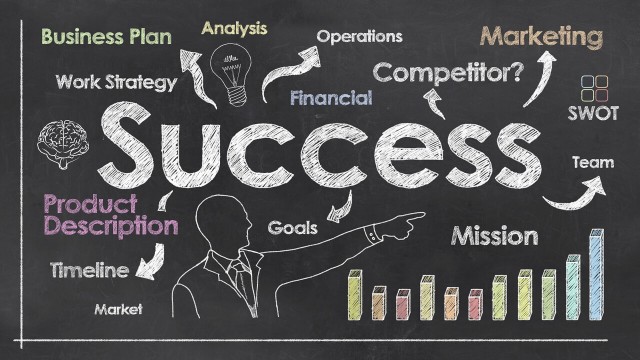



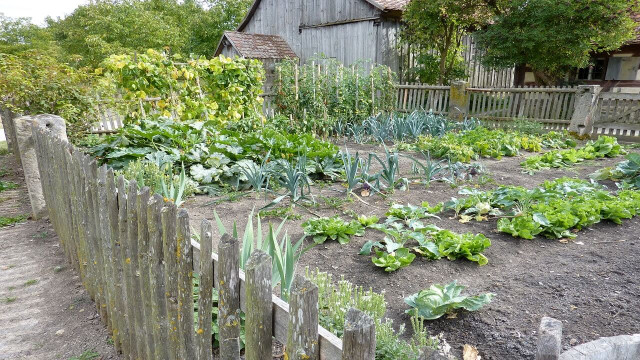
Share This Article: